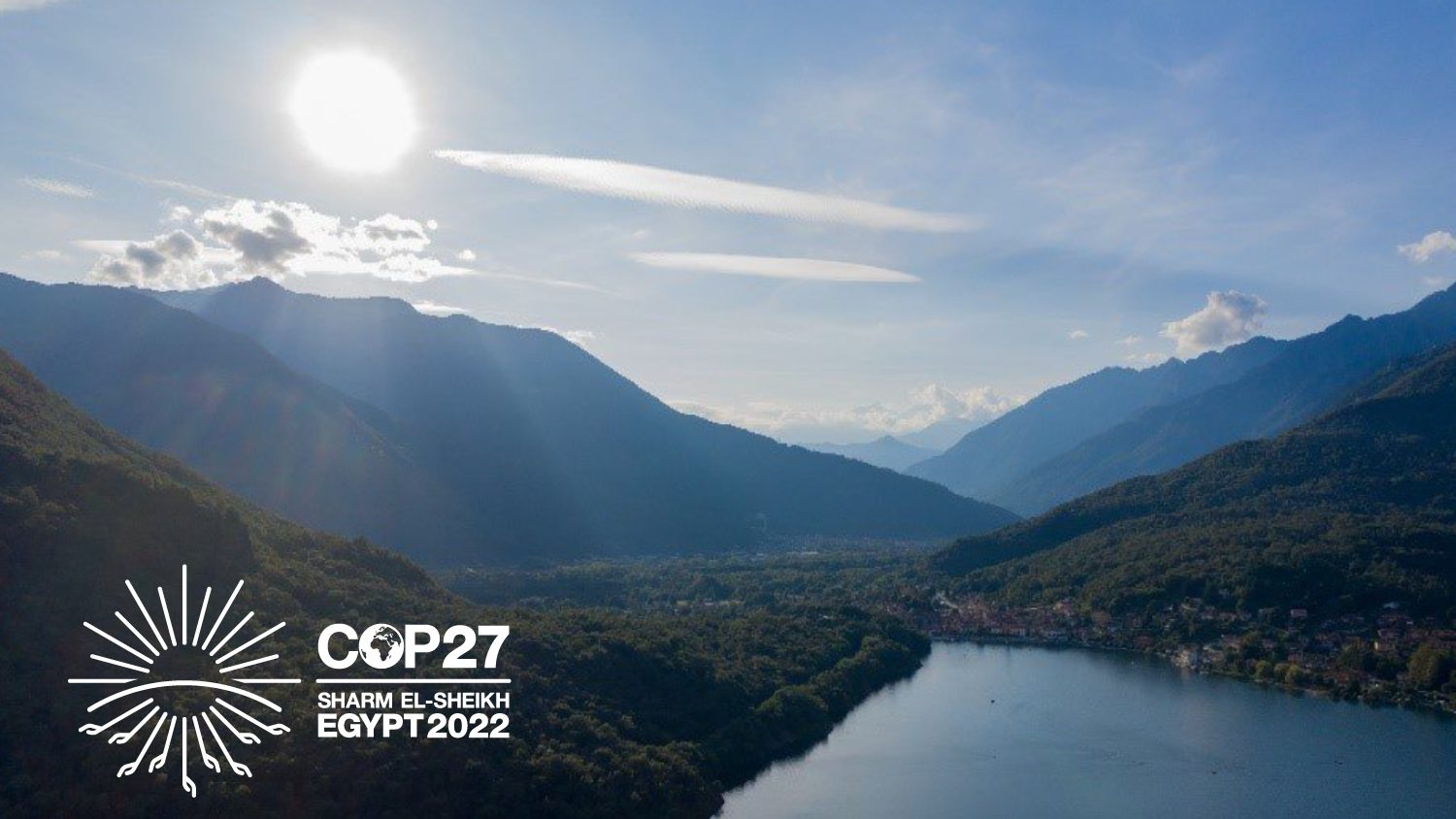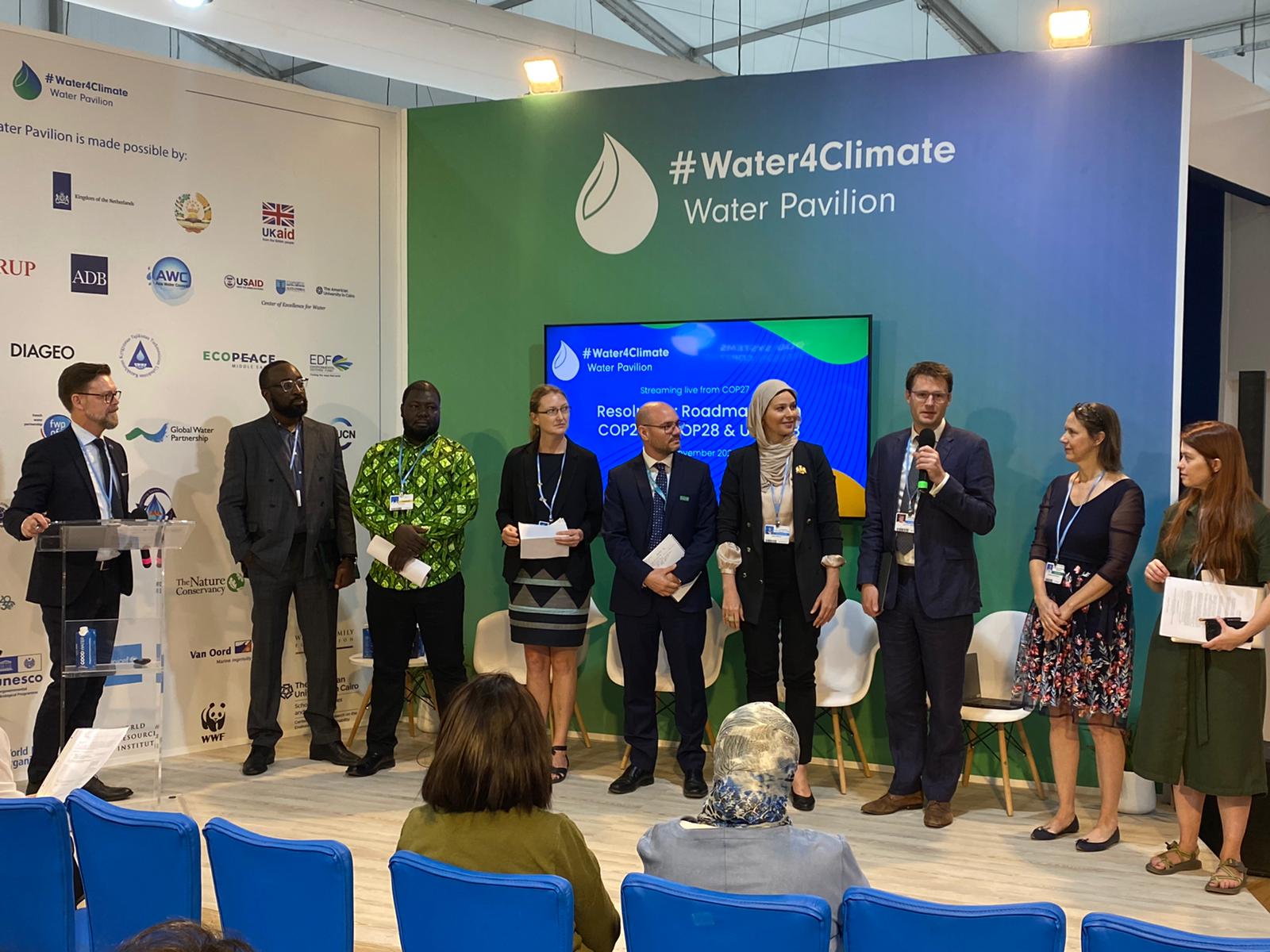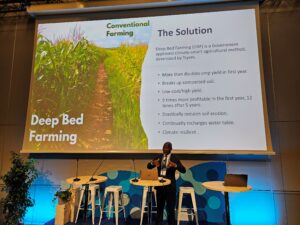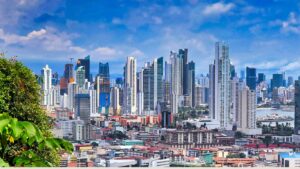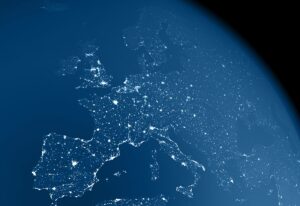What does COP27 mean for water?
The climate meeting COP27 did not result in a very powerful action agenda, but water did feature much more prominently than in previous years – also in the final declaration. Here is a look at the COP27 results through a water lens, highlighting five key trends.
1. Water is included in the final declaration
At COP27, water was for the first time included in the final declaration of a climate COP. The text recognizes “the critical role of protecting, conserving and restoring water and water-related ecosystems in delivering climate adaptation benefits and co-benefits, while ensuring social and environmental safeguards”.
It is however noteworthy that the declaration only mentions water in the context of climate adaptation but not climate mitigation. At COP27 SIWI and partner organizations have shown that water is much more important than previously believed to mitigate climate change and reduce greenhouse gas emissions.
The group of five institutions presented the first-ever summary of current scientific knowledge about the role of water for climate mitigation, which was met with great interest. The report analyzes how water can contribute to more effective climate mitigation within, for example landscape management, food systems, wastewater treatment and energy production. One important conclusion is the need for more integrated approaches such as source-to-sea management, which SIWI has advocated strongly for during COP27.
2. A finance mechanism will be set up for loss and damage
The perhaps most surprising result of COP27 is the agreement to set up a finance mechanism for loss and damage. This has been a contentious issue since 1991, when small island nations like Vanuatu started calling for compensation for damage inflicted on them from global warming. The topic is increasingly discussed but was not meant to be on the agenda at this year’s COP.
Many organizations and low-income countries consider it a big win that COP27 decided to create a finance mechanism, but the finer details remain unclear. How will the mechanism work, who should benefit and where will the money come from? This is especially important for water-related climate action since much of it relates to either adaptation or loss and damage. Without clear regulations, there is a risk that there will not be a much-needed injection of new resources, but rather that existing money will just be shifted around.
SIWI sees a big potential in increased support to water-related adaptation and mitigation within climate finance, but the international community needs to once and for all solve climate financing. So far, Global North countries have not delivered on previous commitments. COP27 did not manage to solve this thorny issue but only urged “developed country Parties to provide enhanced support, including through financial resources, technology transfer and capacity-building, to assist developing country Parties with respect to both mitigation and adaptation.”
3. More focus on food and adaptation
Compared to previous years, food and agriculture featured more prominently at COP27, including in the final declaration. Another welcome change was a stronger focus on locally led adaptation, so that funding is available to individuals and communities who are at the frontline of climate change. Hopefully, COP27 will bring a greater understanding of what climate adaptation looks like. It is often led by local communities and farmers who could make great changes with just a little investment if that was made available. Many of the farmers are women who also suffer discrimination and often have even less access to bank loans, land titles, and technology than men.
Unfortunately, the final COP27 declaration seldom touches on inclusion or gender perspectives. The introductory text however calls on parties to “respect, promote and consider their respective obligations on human rights, the right to a clean, healthy and sustainable environment, the right to health, the rights of indigenous peoples, local communities, migrants, children, persons with disabilities and people in vulnerable situations and the right to development, as well as gender equality, empowerment of women and intergenerational equity”.
4. Greater interest in nature-based solutions and ecosystems
Nature-based solutions are mentioned in the final COP27 declaration, which is another first. Last year, nature-based solutions featured in an early draft but were eventually removed. This year the text talks about “the integrity of all ecosystems, including in forests, the ocean and the cryosphere, and the protection of biodiversity, recognized by some cultures as Mother Earth, and also noting the importance of ‘climate justice’, when taking action to address climate change”.
It is however noticeable that freshwater ecosystems are not at all mentioned in this context, whereas forests and oceans are mentioned more than once. Also worrying is the fact that wetlands, which are the greatest land-based greenhouse gas sequesters, are not highlighted despite a very urgent need to strengthen protection and restoration.
It is also surprising that COP27 hardly ever referred to its biodiversity counterpart COP15, scheduled to take place in December.
5. No credible pathway to stay below a 1.5-degree temperature rise
One of the most widely felt disappointments after COP27 is the fact that the declaration seems committed to the 1.5-degree goal in name only. According to the IPCC, reaching the goal would require almost a halving of greenhouse gas emissions by 2030, but the COP27 text offers no pathway for getting there.
It is very important that water aspects are raised as part of this discussion, which so far rarely has been the case. According to a special report from the IPCC, pressure on the water cycle will be much greater at 2 degrees of global warming compared to 1.5 degrees. The proportion of the global population exposed to water stress could for example be 50 percent higher.
Water stress at such a scale would also in itself make climate mitigation much more difficult – ecosystems could flip from carbon sinks to carbon sources, the food crisis would be exacerbated, and water-dependent energy sources may no longer function. The climate crisis and the water crisis are inextricably linked and can only be solved together. The COP27 final declaration would have been much stronger had that perspective been included.
